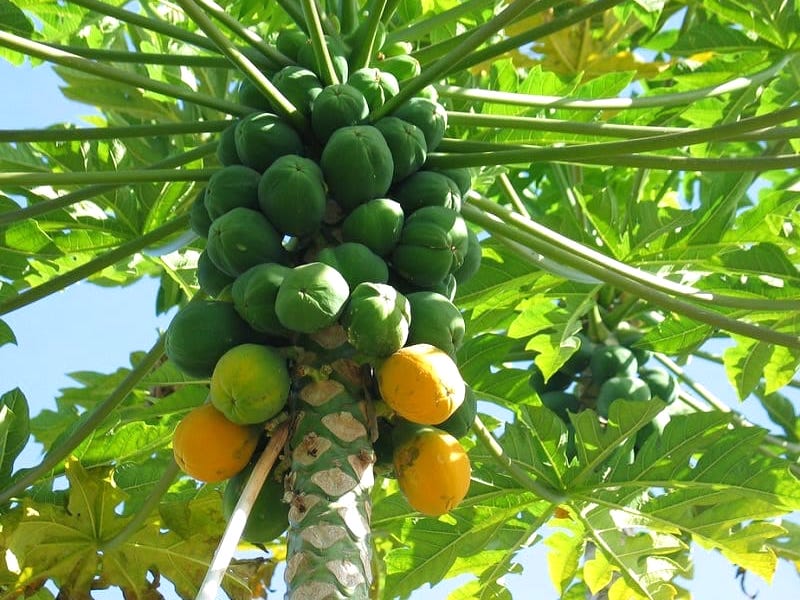
I ran into a friend yesterday who has been following #mappingedges through Instagram. Although he lives only 10 km away, because of traffic, poor public transport connection, and generally busy lives, we barely see each other and he hasn’t been able to join any of our walks. He had noticed the images of papayas growing on Marrickville’s edges and wanted to know if they were the kind that were good in Som Tam, Green Papaya Salad (https://en.wikipedia.org/wiki/Green_papaya_salad).
I have found out a bit about papayas since noticing so many on our Marrickville walks. I have spoken to resident gardeners, and all have been bemused by my interest in a plant that grows like a weed. When asked for instructions, a common response is ‘Eat the fruit and throw the seeds in the garden and give it a few weeks.’ Whether picked green or ripe, papaya, pawpaw, or papaw are all from the same plant, Carica papaya (https://rirdc.infoservices.com.au/items/10-129). The industry in Australia labels the red fleshed fruit from hermaphrodite trees as papaya and the larger yellow fleshed fruit from dioecious trees as pawpaw. I also found out Carica papaya was the first transgenic (genetically modified) fruit tree to have its genome sequenced (http://canal.ugr.es/life-sciences/item/6354-scientists-decipher-fruit-tree-genome-for-the-first-time)
In backyards, of course, there are no labels, and the trees appear whatever name we call them by. Papayas are one of those edible species, like chillis and lemongrass, ubiquitous in suburbs which are, or have been, home to Southeast Asian communities. Sydney is home to Australia’s largest Vietnamese community. Arriving as refugees and family reunion migrants after the fall of Saigon to advancing communist forces in 1975, the Vietnamese were the first large group of Asian immigrants to settle in Australia after the end of the White Australia policy, and the first significant group to arrive after the advent of official multiculturalism. Many of these people settled in Marrickville, where we have been walking the last few months. These people probably began cultivating papayas, or at least eating them and spitting out the seeds at the edges of their properties. There are as many stories as there are now papaya trees.
Unsurprisingly, permaculturalists are very pragmatic about papaya. They say papayas are found on the edges of properties because they grow from compost. They simply need sun, water and good soil, which are not difficult conditions to find if you are an enthusiastic seed in Sydney’s inner west. (http://www.tropicalpermaculture.com/growing-papaya.html)
But once they are growing, they don’t like to be disturbed. Papayas don’t transplant well and anything that disturbs their roots really sets them back. They just hate it. For a species that has travelled so far so quickly, once growing, they like to stay where they are.

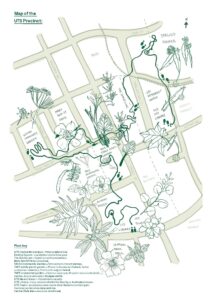
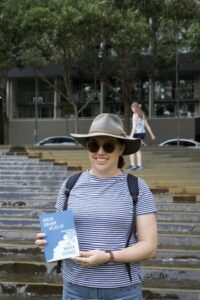
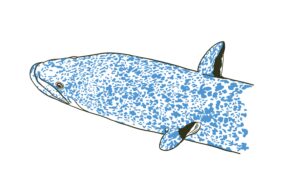
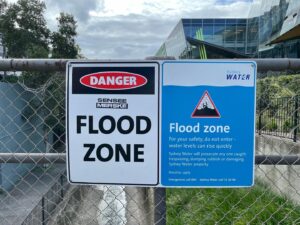
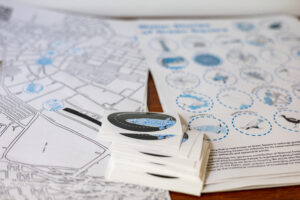
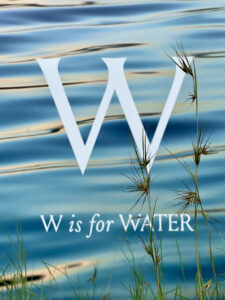
0 Comments